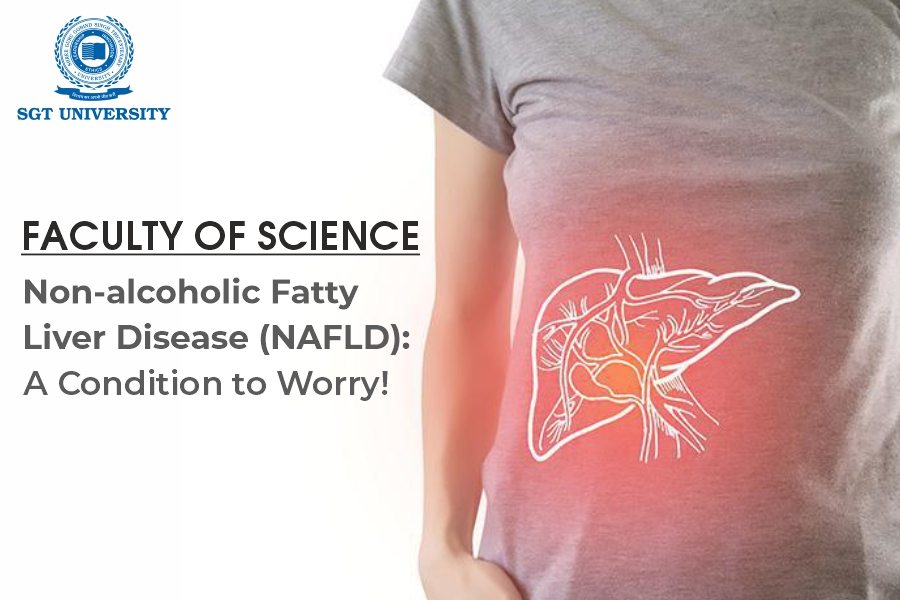Non-alcoholic fatty liver disease (NAFLD) is a collective term for various liver conditions that affect people consuming little to no alcohol. As the name indicates, its main characteristic is storing too much fat in liver cells.
NAFLD is progressively common worldwide, especially in North America and Europe. Around one-quarter of the population in the United States has the non-alcoholic fatty liver disease (NAFLD).
Non-alcoholic steatohepatitis (NASH), an invading form of fatty liver disease, can develop in some individuals with NAFLD. It is a more severe form characterised by chronic inflammation and hepatocellular apoptosis.
This damage resembles the damage which is caused by heavy alcohol use. Further, NASH may lead to liver fibrosis and cirrhosis (Figure 1), with final succession to hepatocellular carcinoma (HCC) if not treated.
Generally, NAFLD does not show any signs and symptoms, but it may include discomfort in the upper right abdomen and fatigue when it does. NASH has the symptoms like abdominal swelling (ascites), enlarged spleen, red palms and yellowing of the skin and eyes (jaundice).
Both NASH and NAFLD are linked to various health conditions such as high levels of fats, particularly triglycerides in the blood, insulin resistance, high blood sugar, and obesity.
As far as the cause of NAFLD is concerned, there is not sufficient information from the experts on why the liver of some people accumulates fat, and others do not and subsequently why only some fatty livers develop inflammation that progresses to the cirrhosis stage.
Read Also: What is Green Chemistry?
But some conditions serve as risk factors like high cholesterol, metabolic syndrome, polycystic ovary syndrome, sleep apnea, hypothyroidism, and hypopituitarism.
To reduce the risk, intake of a healthy diet, maintaining a healthy weight and including exercise in your daily routine can serve as preventive measures.
Also Read: What are Ionic Liquids?
Although a diverse pipeline of potential therapies for NASH is racing toward the market, there is currently no approved pharmacological treatment for NASH.
The disease is very complicated and controlled by several factors, so first approved drugs will not end the race and combinations of therapies will undeniably be needed to address the multiple pathogenesis associated with this disease.
The Faculty of Science, SGT University, is one of the best universities in Delhi NCR for science courses. The faculty has five departments: Department of Physics, Department of Chemistry, Department of Mathematics, Department of Forensic Science, and Department of Environmental Science. The Faculty of Science offers 12 courses – 2 Undergraduate, 5 Postgraduate, and 5 PhDs.
Written By:-
Dr Nutan Sharma
Associate Professor
Department of Chemistry
Faculty of Science
SGT University




